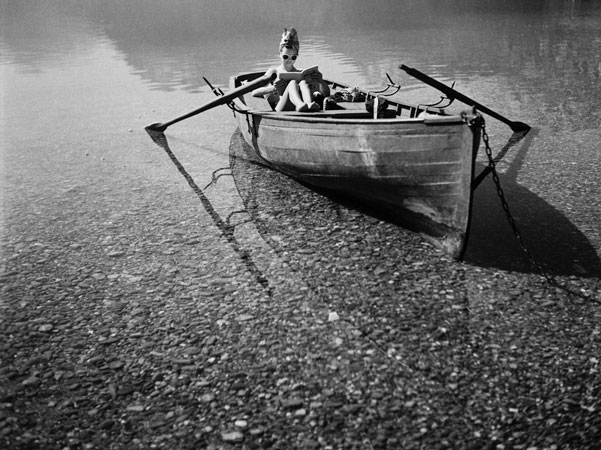Lartigue’s photography neither denounced nor demonstrated. At a time when the medium rejected all assessment based on purely aesthetic considerations, he simply yielded to beauty as a source of contemplation’
– Claire Stoullig
Born in 1894 into a privileged family in Courbevoie, France, Jacques Henri Lartigue received his first camera, a Kodak Box Brownie, at the age of seven, igniting a lifelong passion for photography. He immediately began capturing the world around him, focusing initially on his adoring family and his nanny. What started as a documentation of cherished memories and moments of happiness evolved into a visual autobiography that spanned his entire life.
Despite lacking formal training, Lartigue possessed an innate talent for composition and storytelling, evident even in his early works depicting the leisurely pursuits of his family and friends. His photographs exuded joy, spontaneity, and nostalgia, offering a candid glimpse into the privileged world of Belle Époque France. The world, despite the unsettling changes happening around him, was portrayed as a perfect and beautiful place full of joy and happiness.
From his early photographs of family and friends to his depictions of sports, aviation, and car races, as well as the stunning beaches of Antibes, La Garoupe, and Biarritz, Lartigue’s lens captured a diverse array of subjects, making him one of the most prolific and established photographers of the 20th century. Having always maintained a primary identity as a painter, he refused to consider himself anything other than an amateur photographer, a perspective which undoubtedly influenced his artistic approach.
Ode to Elegance focuses on the timeless allure and charm found in Lartigue’s models throughout his entire career. Notably, his portraits of the beautiful women who populated his life, including his three wives —Bibi, Coco and Florette— serve as a poignant reflection of his personal journey and artistic vision.

